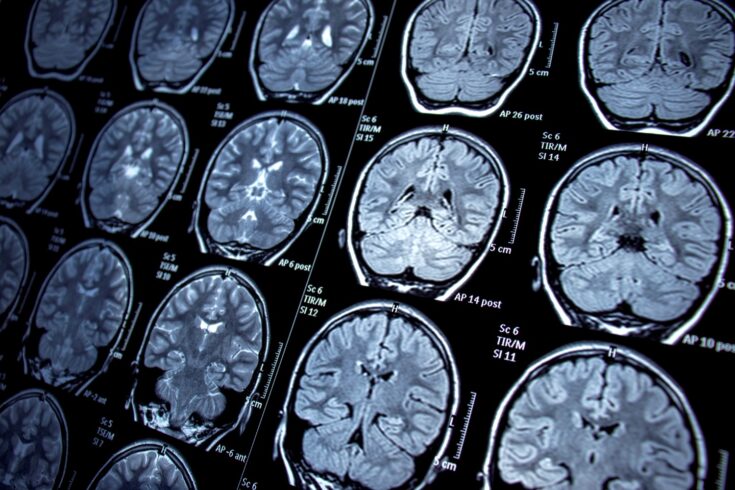The results of the trial found that with MRI TMS on average, participants showed substantial improvements in the severity of their depression, anxiety and thinking. Participants also had better function and quality of life over 26 weeks with TMS.
This was a substantial increase on the previous reported improvements lasting only one to three months.
The BRIGhTMIND randomised controlled trial was led by experts at the University of Nottingham. It was funded by the Medical Research Council and the National Institute for Health and Care Research under its Efficacy and Mechanism Evaluation programme.
It involved five centres across England:
- Nottingham
- Camden and Islington
- Newcastle
- Northampton
- Oldham
TMS
TMS is an outpatient treatment where people have powerful magnetic pulses delivered to the left side of their head just in front of the temporal area of the scalp.
The person is conscious and has 20 sessions over a four-to-six-week period.
The method has been used since the 1980s to treat people with severe depression. But by targeting the precise area of the brain where stimulation is thought to be helpful, we now have evidence for a more longer lasting benefit of this treatment.
Treatment resistant depression
Major depression is the leading cause of disability lost years worldwide (World Health Organization, 2017), and suicide from depression is the biggest killer in people aged between 15 and 49.
Antidepressants and therapy delivered as first or second-line treatments help two-thirds of people with depression, but the remaining third have treatment resistant depression (TRD). This is defined as a lack of response to two courses of antidepressants.
Extending length of treatment
The aim of the trial was to look at whether the effects of using TMS could be extended to at least six months. This would mean that patients with TRD who respond to the treatment might only require one to two courses of treatment each year to remain relatively well and free from symptoms of depression.
The trial, which is the first of its size in the world to look at outcomes at six months, suggest this might be achieved using functional MRI with TMS to define the exact area of the brain to hit. MRI is not normally used to deliver this treatment.
The team used neuronavigation, a computerised tracking system using light to deliver the TMS. It is a way of precisely pinpointing the area of stimulation so that the same area is targeted at all 20 treatment sessions.
Personalising site of stimulation
Richard Morriss, Professor of Psychiatry in the School of Medicine and Lead for the Centre for Mood Disorders at the Institute of Mental Health at the University of Nottingham, said:
Ideally when people come for a TMS session, they would sit in the exact same place, but this is rarely going to happen. This method uses light from both ear lobes and the top of the nose to measure the stimulation point from the first time a patient has the treatment.
The MRI personalises the site of stimulation and then neuronavigation makes sure the same site is being stimulated at each treatment session. This reduces the variability in stimulation at each session.
Since the magnetic pulse can be focused, there are usually only minor short-lasting side-effects, and the person can return to their daily activities immediately on return from the hospital.
Significant response rate
A total of 255 participants took part in the trial, all completing 20 TMS sessions. Patients already in specialist mental health services were recruited, and both primary care trusts and GPs were approached, with all participants having to be referred by their GP to take part.
Over two-thirds of participants responded to the treatment, with a third showing 50% improvement in terms of their symptoms and a fifth managing to move into remission and stay there.
Professor Morriss said:
Given these patients are people who have not responded to four previous treatment attempts and have been ill for an average of 7 years, to get such a significant response rate and a fifth who have a sustained response is really encouraging.
Substantial improvement in quality of life
He added:
Patients who responded to the treatment could stay relatively well compared to how they were previously, with as little as one or two treatments a year.
The changes we saw were substantial, not only in reducing their depression symptoms, but they were large enough to improve concentration, memory, anxiety and subsequently their quality of life.
The results have already persuaded three NHS Mental Health Trusts to routinely offer new TMS services for treatment resistant depression.
Further information
The study entitled “Connectivity-guided intermittent theta burst versus repetitive transcranial magnetic stimulation for treatment-resistant depression: a randomized controlled trial” is published in Nature Medicine.

